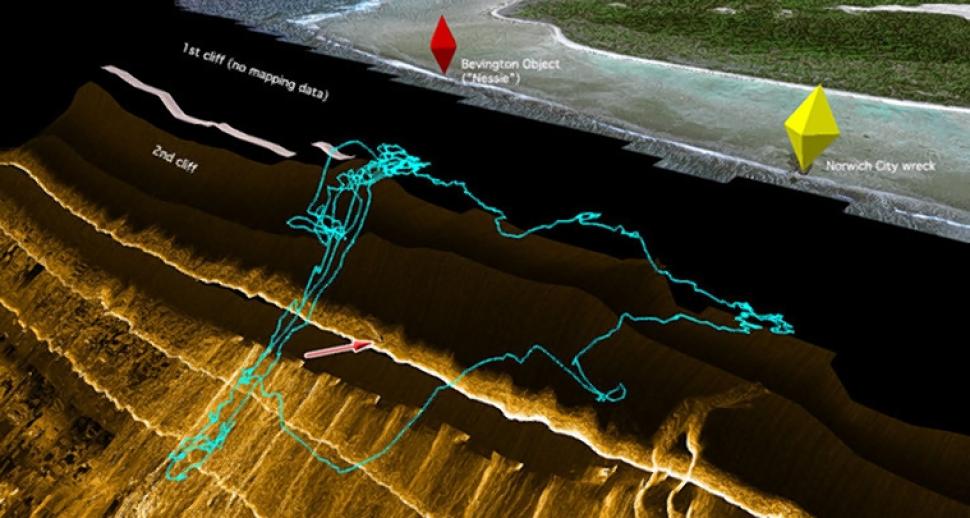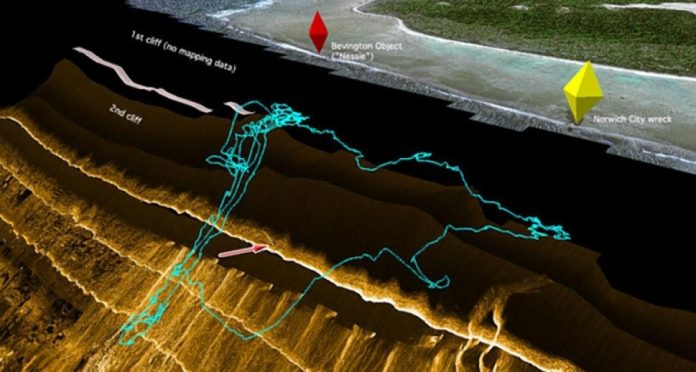
Do you want to see it?” Ric Gillespie asks, reaching for a black portfolio resting on the floor of his Pennsylvania farmhouse. He extracts a sheet of aluminum, about 18 by 24 inches—bent, dented, scratched and crisscrossed by 103 rivet holes, whose size, position and spacing he has studied for almost 25 years the way assassination buffs pore over the Zapruder film. And with good reason: If he’s right, this is one of the great historical artifacts of the 20th century, a piece of the airplane in which Amelia Earhart made her famous last flight over the Pacific Ocean in July 1937.
With rulers, photographs and diagrams, he shows where it could have fit on Earhart’s customized Lockheed Electra, over the hole left when she removed a window on the right rear fuselage. “These things don’t just line up by coincidence,” he says. In late October, after seizing a chance to compare his aluminum sheet against an Electra under restoration in Kansas, he announced that the rivet holes and other features were the equivalent of “a fingerprint” establishing that it had come from Earhart’s plane, leading some news organizations to declare the case closed (Discovery News headline: “Amelia Earhart Plane Fragment Identified”). He tells me he’s “98 percent” sure the piece came from Earhart’s plane. He raises that figure to 99 percent after getting a report from a leading metallurgist, Thomas Eagar of MIT, who concluded that “the preponderance of the evidence indicates you have a true Amelia Earhart artifact.” That’s still 1 percent less certain than he was in 1992, when he told Life magazine: “There’s only one possible conclusion: We found a piece of Amelia Earhart’s aircraft.”

Anyone who thinks his new data will settle the question of what happened to Earhart, though, hasn’t been paying attention for the last 78 years. Other researchers have studied the same rivet holes and radio transcripts and come to radically different conclusions—and they’re not conceding anything.
Ever since Gillespie found this piece of metal in 1991, on the tiny, remote island where he believes Earhart and her navigator, Fred Noonan, crash-landed and died as castaways, he has been the public face of America’s never-ending fascination with Earhart’s fate. Yet it was only in the last few months that he obtained what he considers conclusive evidence that it came from their plane. Rangy and graying, a former pilot and aircraft-accident investigator, he runs, with his wife, an organization called The International Group for Historic Aircraft Recovery.

Since 1989 TIGHAR has mounted ten expeditions to the South Pacific, and he is seeking money for an 11th. His fund-raising prowess and mediagenic announcements have made Gillespie an object of envy and occasional vitriol among his fellow Earhart researchers—a group that includes serious historians as well as wild-eyed obsessives, who pile up scraps of evidence into conspiracies reaching right up to the White House.














